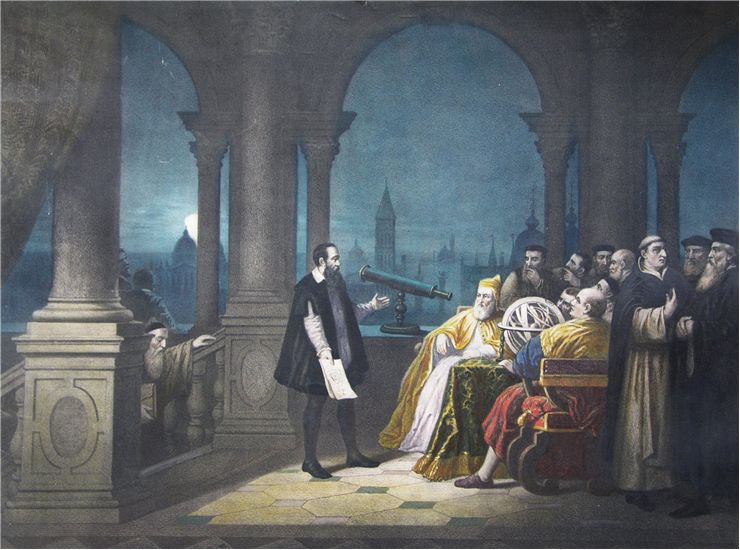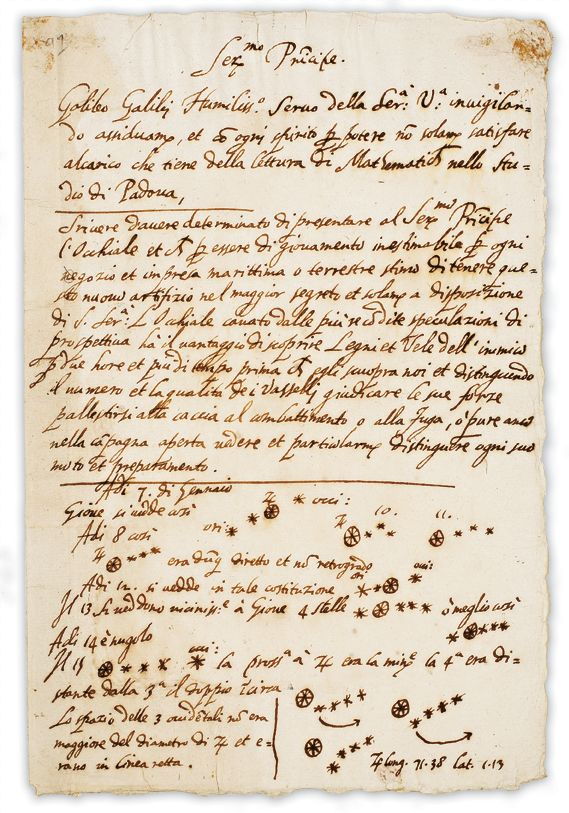Telescope Origins - The Evolution of the Telescope
Origin of telescope is very closely tied to the history of optic, a field of science that appeared very early in ancient civilizations of Egypt, Mesopotamia, Greece and China. Using theories, measurements and inventions of those early times, modern scientists from Islamic world and medieval Europe managed to achieve great successes, first by performing simpler experiments that yielded in the creation of eyeglasses in 12th century, and later on by the manufacture of first medieval telescopes in Holland during late 16th and early 17th century.
History of telescopes can be traced all the way back to the 700 BC, where ancient empires of Assyrian, Egypt, Babylon and Greece all experimented with the lenses made from polished crystals. Several centuries later, Greece and Roman Empire started utilizing lenses made from glass spheres that were filled with the water. Those two types of lenses continued to be used for more than 1000 years, and were upgraded to lenses made from glass with the arrival of European Middle Ages. During ancient times, many mathematicians and physicist played an important role in describing the properties of light, reflection and refraction. The most important names that published their findings (which were remembered by future generations) was Greek scientist Euclid (325 - 265 BC), who postulated basic laws of geometrical optics. He described the geometric properties of light rays and how light changes its trajectories when they pass through lenses of various types. His findings were expanded by the Hero of Alexandria some 3 centuries later and Ptolemy a century after him.
Another wave of advancement of optics arrived with the advent of science in Islamic world. The most important discoveries were made by Al-Kindi (801–873) who postulates that rays of light are emitted out of every point of our world, Ibn Sahl (940-1000) who worked a lot with lenses and wrote mathematical laws for calculating their shapes, Ibn al-Haytham (965–1040) created comprehensive review of all optic theories that ranged all the way back to ancient Greece. His “Book of Optic” became foundation of European expansion of optic science. This book essentially made him the father of modern optic, and European scientists quickly started exploring new limits of optics, with organized manufacture of spectacles in late 13th century.
All of these discoveries that happened over almost 2 thousand years helped modern scientist to create first telescope, which happened in 1608 when Dutch spectacle maker Hans Lippershey managed to place a patent for his simple device (however he was not alone, other Dutch spectacle makers such as Zacharias Janssen and Jacob Metius created similar device during the same period as Lippershey). From that point onwards, history of modern telescope was born, and many more scientists and inventors contribute in its evolution.

